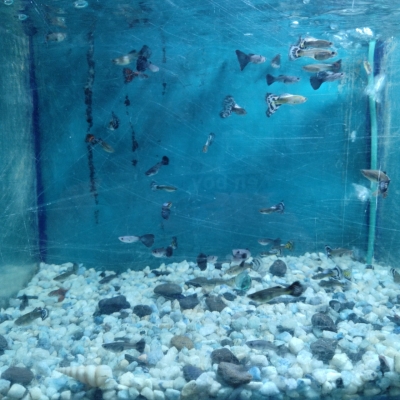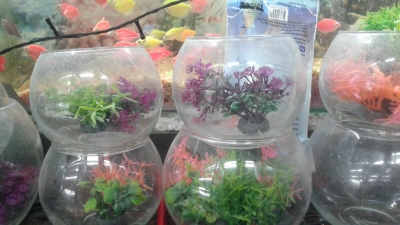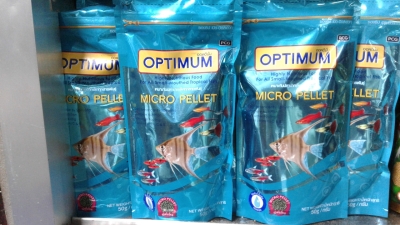Blue Panda Guppies are beautiful, vibrant fish, but like all guppies, they are susceptible to various diseases. Ensuring their health involves understanding these common ailments, recognizing symptoms early, and applying effective treatments. This guide will help you maintain a thriving and disease-free environment for your Blue Panda Guppies.
Understanding the common diseases in Blue Panda Guppies and their treatments is essential for keeping your fish healthy and vibrant. By maintaining a clean environment, providing a balanced diet, and addressing illnesses promptly, you can ensure your guppies live long, thriving lives.
Introduction Purple Mosaic Guppies are admired for their striking colors and intricate patterns. Providing the right diet is essential to enhance the
Introduction Blue Moscow Guppies are a highly sought-after strain known for their deep, uniform blue coloration. Their genetics play a crucial role i
Cobra Guppies are admired for their snake-like patterns and vivid coloration, making them a favorite among aquarium enthusiasts. Their unique appearan
Red Dragon Guppies are a stunning addition to any aquarium, known for their vibrant red hues and intricate dragon-scale patterns. Breeding them succes
Maintaining a healthy aquarium for your guppy fish is essential to ensure their well-being and longevity. Guppies are popular among both beginner and
Breeding RTP Guppies successfully requires attention to detail and commitment to maintaining their striking colors and patterns. Follow this guide to
German Guppies are highly sought after by aquarists due to their distinctive features, vibrant colors, and superior genetics. Whether you're a seasone
Blue Grass Guppies are stunning and peaceful fish that thrive in community tanks when paired with compatible tank mates. Choosing the right companions
Turning your angelfish farming hobby into a profitable business requires careful planning, knowledge, and investment. Scaling up involves expanding yo
Blue Panda Guppies are a captivating addition to the world of guppy varieties, known for their unique coloration and peaceful demeanor. But how do the
Red Moscow Guppies are prized for their deep, uniform red coloration. However, maintaining and enhancing their vibrant hue requires careful breeding,
Introduction Green Moscow Guppies are admired for their stunning iridescent green coloration, making them a prized choice among guppy enthusiasts. Br

Price: N/A

Price: N/A

Price: N/A

Price: N/A

Price: N/A

Price: 150 Tk

Price: N/A

Price: N/A

Price: N/A

Price: 120 Tk